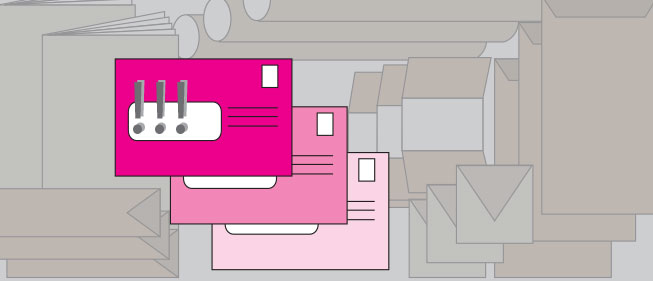Strategies for Retention of Health Exchange Enrollees Are Already Critical


The efforts of health insurance companies to acquire on-exchange policyholders have received lots of attention. And while there are many articles and reports noting that there is still much acquiring to do, through January, 3.3 million Americans have already signed up for health insurance through the federal and state healthcare exchanges. Is it too early to talk about these individuals in terms of building retention, generating loyalty and encouraging advocacy? Absolutely not.
Unlike other forms of insurance (e.g. auto, home, life) where customer communications come in the form of bills (and often-quickly-junked policy detail mailings), there is a much greater need for health insurance companies to shape and encourage desired behaviors – and early. As a result, instead of looking to other forms of insurance for models, the credit card industry is actually a much better analog when it comes to customer communications in the health exchange era.
Credit card companies do an excellent job, for example, inspiring cardholders to form usage habits that maximize card benefits (and benefit the card companies, too) and payment behaviors that keep their accounts in good standing. Health insurers would profit from motivating customers in two similar ways: maintaining wellness and paying monthly premiums. Both of these customer behaviors deliver a positive force on the bottom line, and in turn they have the potential to be drivers for retention, loyalty and advocacy.
Wellness
Encouraging policyholders to visit primary care facilities for checkups and preventative care is critical in maintaining the health of an insurer’s customer population. There is a wide spectrum of “encouragements” insurers can provide – from reminder mailings and wellness content to actively helping policyholders make appointments and even providing transportation to those appointments when needed.
Some of these new policyholders may not have a full understanding of what their health insurance covers. Offering policyholders a clear definition of their coverage is a good first step. Providing that definition void of jargon-y terms and framing the description in real-world examples will minimize opportunities for confusion in the future and help policyholders use services that will keep them healthy and well.
Collections
The direct-to-consumer model is relatively new for health insurers, which means that a lot of the basic infrastructure and processes that most consumer brands have in place – such as collections – have never been addressed because they haven’t really been needed. This has changed in 2014.
Not only do health insurers have to work to get payment (and on time) from their policyholders, but they benefit from promoting payment in forms that don’t actually detract from the bottom line (card payments, for example, carry transaction fees). The Affordable Care Act requires insurers to accept, at minimum, the following payment options: personal or cashier’s check, money order, electronic funds transfer or any prepaid debit card.
Urging policyholders to set up auto bill pay should also be part of the communication strategy for new customers. Positioned as a hassle-free way to ensure that their health coverage is never interrupted, auto bill pay benefits both the insurers and the policyholders.
The term the credit card industry uses to describe a communication strategy targeted at new customers is called “Early Months on Book.” Health insurers will now be required to establish their own customer communication strategies with the objective of providing policyholders with the tools to maintain good health and uninterrupted coverage. As the credit card industry has perfected through the years, these communications are critical in beginning to establish the customer relationship.






